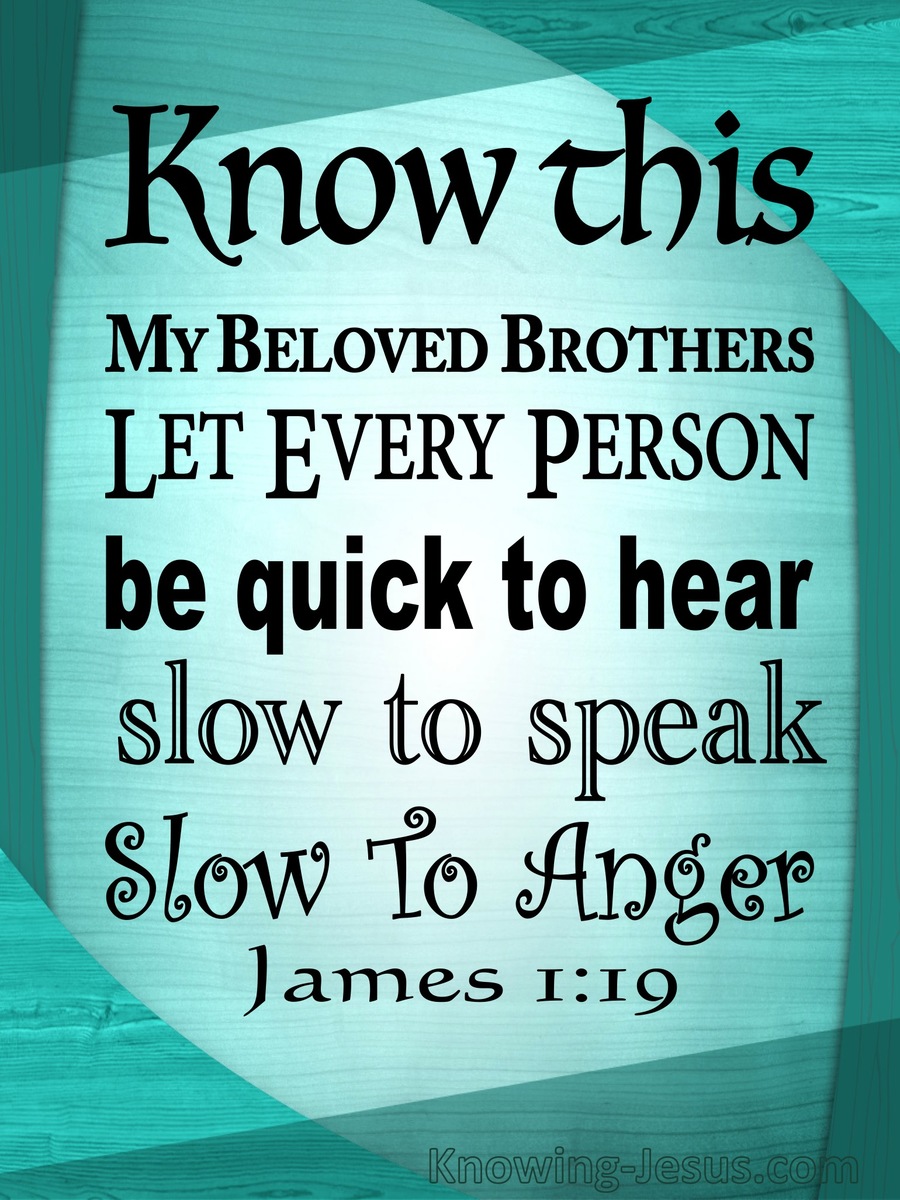1. Limit What You Say
Sometimes as a mom I find myself getting into long diatribes or lectures explaining over and over again why something needs to be done. If there is a chore or activity that needs to happen on a regular basis, this can be an easy trap for parents to fall into. Kids know what is needed and will tune out parents who go on and on. Instead of diving into another full on explanation of what needs to be done, just give one reminder word or phrase. For example, instead of saying, "It's time for scripture study. Get in here now so we don't make your brother late for school," just say, "Scripture time!"
2. Explain the Consequences
Because the human brain is not fully developed until the early 20's, often kids do not foresee consequences of their actions. As the parent, explaining what can happen as a result of poor behavior can help kids to listen--especially if you have firsthand experience. For even littler kids, you may need to show consequences. For example, when my oldest repeatedly climbed up on the kitchen table (despite my repeated, "No!"), I gave up talking and put him in the play pen (which he disliked) to show him a consequence. After five or six times of being removed from the table and placed straight into the play pen, he stopped his climbing.
3. Let Them Be Part of the Decision
Agency is such an important part of growing up. If you take away too much of it, kids will sneak and cheat. The better way is to let you kids participate in some of the decision process. My middle child is getting older and we are needing to let her have some more freedoms. Now that school is out she wants to stay out late nearly every night of the week, which really does not work for me or her dad. We had a discussion with her explaining how her late hours was impacting us as parents. After listening to her side of things, we have set new summer guidelines, which she has supported. Involving her has helped get her cooperation.
4. Name Feelings
When kids are crying or throwing a tantrum they are trying to draw attention to their needs. I have found when I take the time to listen and state back what is being expressed, my kids calm down faster. For example, when my youngest complains to me, crying, about not getting a turn on the iPad, it is easy to fall into the trap of telling her not to cry or to yell at the sibling. But over the years I have learned it is better to say, "You seem sad and frustrated," and then follow up with, "What would you like to do?" This way they feel heard and have a choice about what to do about their feelings.
Sometimes I act pretty distracted as a mom, which makes my kids think they can slide things by me pretty easily. However, when I can get their full attention--pause the movie, put down the phone, turn down the music--and speak to them with direct eye contact, then I get better results. At times a written list or note may have to suffice, but eye contact works well.





























